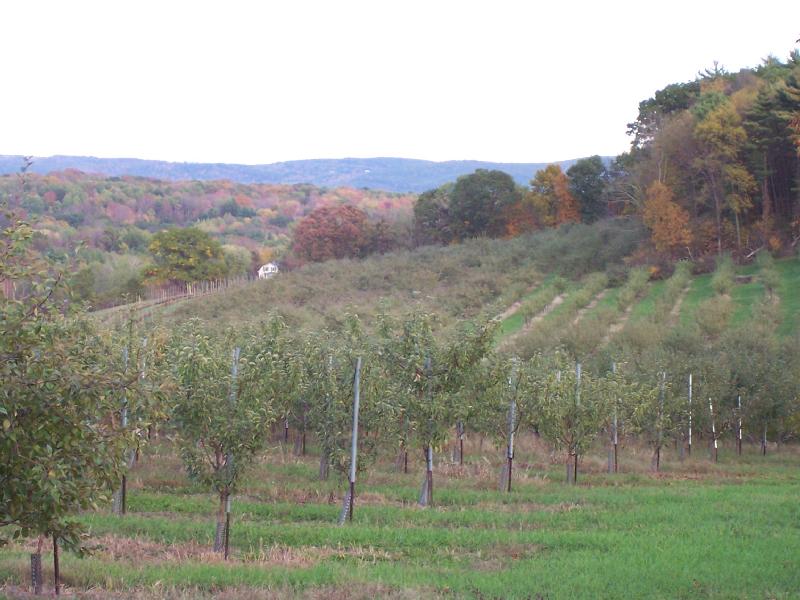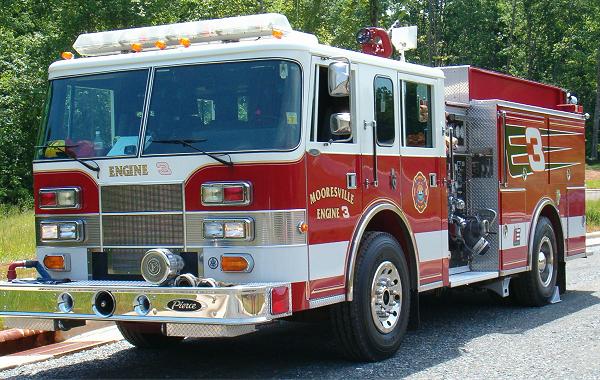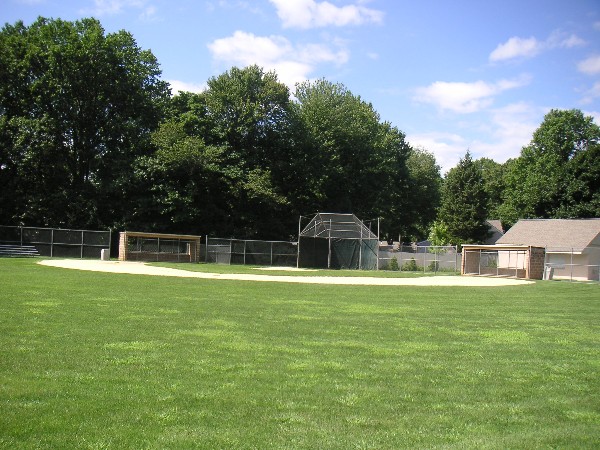Franklin Township, one of the smallest municipalities in Luzerne County, extending over a 16 square mile area in the extreme Northwestern portion of the county was formed from parts of Kingston, Dallas, Northmoreland, and Exeter Townships when the Luzerne County Court at its' 1843 session authorized its' organization.
Hon. William Brewster, the distinguished Kingston historian, said, "it is presumed the new township was named in honor of Colonel John Franklin, a Colonial leader and hero of the Yankee-Penn Amite Wars and the Revolutionary War."
Five years later, on Aug.11, 1848 the township borders were enlarged at the further expense of Kingston Township and Exeter Townships.
Earliest settler was probably Gideon Bebee and the next was the Pease family. Ezra Olds and Michael Munson were here in 1782.
Other earlier settlers included: Elisha Brace, William Brace, Benjamin Chandler, Joseph Cone, Daniel O.
Names County, New York. Population of Franklin Township in 1850 was 833: 1880: 593: (Village of Orange, 91): 1890, 521: 1960, 880, and 1970, 1,145.
Pincherville
An interesting item about the placing of the name Pincherville on the region's only village in that era dates back to 1835 when Almanza Rogers kept a store there. Cash money being almost non-existent in that pioneer period, Rogers traded merchandise for shingles, a product of the region. Feeling he was being hoodwinked by the shingle makers, and aware that some of them were passing off badly made workmanship on him, Rogers employed a pair of pinchers to examine the quality of the preferred trade. He used the pinchers to extract shingles from the center of each bunch to assure himself he was receiving full value for his goods, and was not being cheated by the shingle- makers. Because of this circumstances the shingle-makers named the village Pincherville, which epitaph it retained for many decades.
It is said the shingle-makers in order to match Rogers, in the Winter season poured water on their bunches of shingles and then allowed them to freeze overnight, prior to taking them to Rogers' store for sale.
Thomas Price, a native of Walesboro resided in Wyoming Valley for 50 years, was a resident of Franklin Township in 1874. He was regarded by some historians as being the first man to engage in underground mining, at the Blanchard Mine in Port Blanchard section of Jenkins Township in 1833. He opened the Butler Mine in Pittston Township, near Dupont, in 1838, his first mine opening.
James Hadsell, then 87 years of age, resided near Orange in 1874, the oldest man in that community. He came to this region with his parents in 1789, when they returned after the Battle and Massacre of Wyoming on Friday July 3, 1778.
Hadsell's grandfather, James Hadsell, and his father Edward Hadsell, and uncle, James Hadsell, were3 residents of Exeter Township by 1774. They settled on a large tract of land adjacent to the Susquehanna River, which ran westward along Sutton Creek, in the area now known as Harding, to the present limits of Franklin Township.
When Indians, directed by Tories and British troops invaded the Harding section, June 30, 1778 the elder James Hadsell and his son James were murdered by the Indians at a spot near the residence occupied in 1874 by Samuel Bailey.
Hadsell recalled when roads in Franklin and Exeter Townships were little more than footpaths. He stated that at that time the nearest post office was in Wilkes-Barre and that neighbors took turns making weekly trips to Wilkes-Barre on foot to pick up the mail. He mentioned that Conrad Teeter, a stagecoach driver, carried the mailbags to that region and beyond in 1810.
Two villagers in 1874 were former residents of Wyoming Valley, Courtright from Wilkes-Barre and Davenport from Plymouth. A news item of Monday December 6, 1875, mentioned that Davenport was struck by the 2:12 P.M. express train on the Lehigh Valley Railroad in Port Griffith. His wagon was smashed to fragments and he was thrown several feet away, receiving a severe cut on his head as he fell. Teams of horses had stopped at the crossing as the drivers heard the whistle of the approaching train, but Davenport calculated he had time to clear and said "giddy-up" to his horses. He didn't make it. The injured Davenport was placed on the train and was taken to the Farnham House at 25 Water Street, Pittston, from where he was removed in a carriage to the office of a surgeon. His wounds were dressed and in a few hours commenced his returned trip to Pincherville.
Another newspaper piece, dated April 15, 1885, mentioned that George Munson of Pincherville visited Wilkes-Barre where he contracted a cold, which resulted in his death a week later.
It was also noted that Robert Wicks of Pittston purchased a valuable tract of land near Pincherville, on Saturday January 14, 1899, on which he planned to establish a vineyard. It was located near the farm plot owned since the summer of 1889 by Chandler Williams of Exeter Street in West Pittston.
Arch Baird of Inkerman section of Jenkins Township, who conducted a truck farm in the vicinity of Orange Village, stated that on Friday March 29, 1919, that seed growers were making farmers pay stiff prices for onion seeds. Baird claimed that in the previous year onion seeds were selling for $1.40 per pound, and that the cost in 1919 was raised to $6 per pound.
Baird also reported that farmers in the Orange region were losing heavily by effects of a mysterious disease, which struck cattle. He said that more than 50 milk cows had died from this disease in a two-week period in the Franklin Township area. After loosing two blooded cows, Baird called in Dr. Terry, the veterinarian, who diagnosed the affliction as a form of paralysis. He noted that when an animal caught the disease, it fell to the ground and was unable to rise again.
Reprinted with permission from the Times Leader, Wilkes-Barre, Pa.
Article originally appeared Friday, May 4, 1982
Written by: Charles A. McCarthy
.
|


